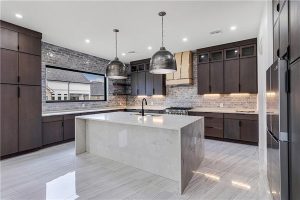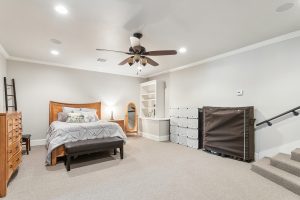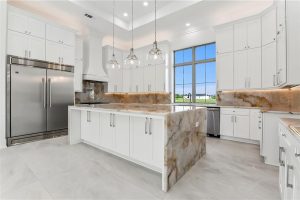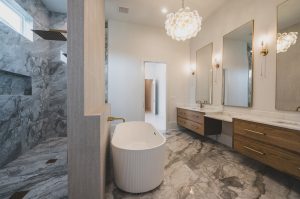Is Bigger Back? Signs Point to a Rebound in New Home Sizes for 2025
After years of fluctuating demand and shifting homeowner priorities, the size of newly built single-family homes may be on the rise once again. Following a period of decline driven by rising interest rates and affordability concerns, fresh data from the end of 2024 hints at a possible reversal in home size trends heading into 2025.
According to fourth-quarter 2024 data from the U.S. Census Bureau’s Quarterly Starts and Completions by Purpose and Design, analyzed by the National Association of Home Builders (NAHB), both median and average square footage for new single-family homes have increased—a potential signal that homebuyers are once again prioritizing space as long-term interest rate expectations soften.
By the Numbers: Room to Grow?
In Q4 of 2024, the median square footage for newly built single-family homes rose to 2,205 square feet, the highest level seen since mid-2023. The average (mean) size climbed to 2,417 square feet, while the one-year moving average ticked up to 2,373 square feet, with the median on that basis landing at 2,162 square feet.
These figures are notable after a steady trend of declining home sizes from 2021 through much of 2023, driven largely by rising mortgage rates and shrinking affordability for buyers across many markets.
A History of Home Size Trends
Over the last 15 years, the average size of new homes has mirrored broader economic and market forces. From 2009 to 2015, home sizes grew significantly as builders focused more on higher-end buyers amid a sharp decline in entry-level construction following the housing crash.
From 2016 to 2020, however, a surge in starter home development helped drive average home sizes down. That shift was briefly reversed during the post-pandemic housing boom, when historic low interest rates and changing lifestyle needs led many buyers to seek larger homes that could accommodate work, school, and leisure under one roof.
But as the Federal Reserve raised interest rates through 2022 and 2023 in an effort to control inflation, housing affordability worsened and buyers pulled back. The demand for larger homes receded, and average home size fell accordingly.
What’s Fueling the Potential Rebound?
The current upswing in size, though still modest, could reflect growing market optimism that interest rates may decline in 2025, restoring some purchasing power to buyers. If long-term borrowing costs ease, families may once again seek more spacious homes—especially as hybrid work, multi-generational living, and flexible home layouts remain priorities for many Americans.
Another factor may be the resilience of higher-income buyers, who are less sensitive to mortgage rate changes and continue to drive demand for larger, feature-rich homes.
Additionally, builders themselves may be adjusting their product mix, scaling back entry-level offerings in favor of larger, more profitable homes that better absorb rising construction costs.
Looking Ahead to 2025
While it’s still too early to declare a full rebound in home sizes, current data suggests that the floorplan contraction of recent years may be reaching a turning point. As mortgage rates stabilize and housing supply remains constrained, builders may increasingly turn to larger homes as a way to meet consumer preferences and maintain margins.
If interest rates ease further as forecasted, the trend toward bigger homes could gain momentum in 2025, signaling a return to more expansive suburban living—and perhaps a fresh chapter in America’s ongoing love affair with space.




